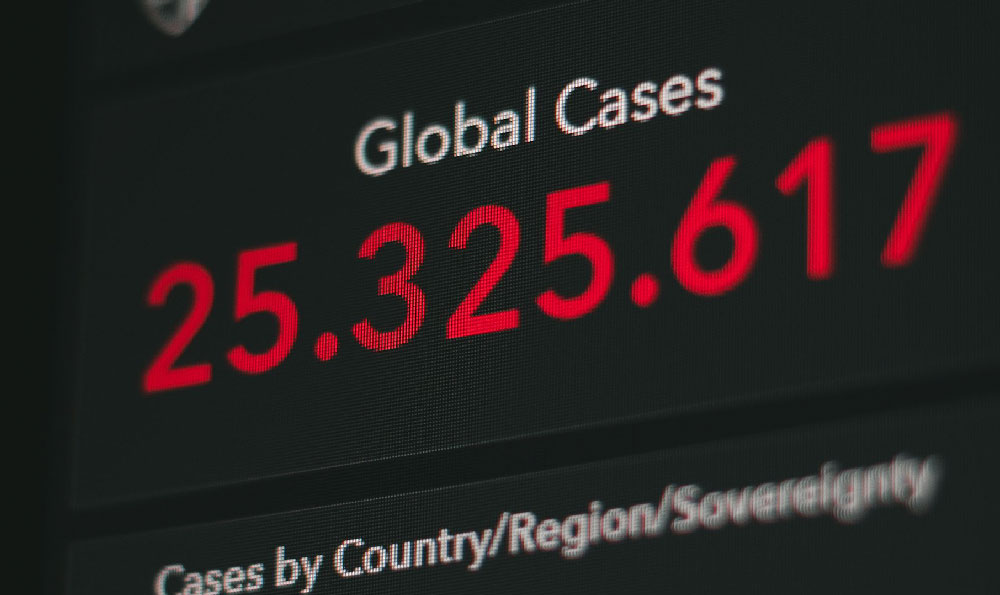YouTube, the behemoth of online video platforms, is often touted as a potential goldmine for creators. The allure of millions of views translating into a substantial income is a powerful motivator. But the reality is far more nuanced than simply equating views to dollars. Reaching $1 million views on a YouTube video is a significant achievement, indicating a broad audience reach and potential influence. However, pinpointing the exact revenue generated from this milestone is impossible without considering a multitude of factors that influence YouTube's monetization system.
One of the primary drivers of revenue on YouTube is the CPM, or Cost Per Mille (Mille being Latin for thousand). CPM represents the amount advertisers pay YouTube for every 1,000 impressions an ad receives. However, creators don't receive the entire CPM. YouTube retains a portion of the ad revenue, typically around 45%, leaving the remaining 55% for the content creator. This split is a standard arrangement for partnered channels. The actual revenue earned is based on the RPM, or Revenue Per Mille. RPM is the revenue a creator actually receives for every 1,000 views, after YouTube's cut.
Several variables significantly impact CPM and RPM, ultimately influencing the earnings derived from a video that reaches 1 million views. Let's explore these in detail.

Niche and Content Type: The subject matter of the video plays a crucial role. Certain niches, such as finance, technology, and business, tend to attract higher CPMs than others, like gaming or entertainment. This is because advertisers are willing to pay more to reach audiences interested in specific products or services related to those niches. For example, a video reviewing high-end cameras is likely to attract advertisers selling camera equipment, and they will pay a premium to reach that target audience.
Audience Demographics and Geographic Location: The demographics of the viewers also affect ad revenue. Advertisers target specific demographics based on age, gender, location, and interests. Viewers from countries with stronger economies, such as the United States, Canada, the United Kingdom, and Australia, generally yield higher CPMs. This is because these markets have a higher purchasing power, making them more attractive to advertisers. A million views from a primarily US-based audience will generate significantly more revenue than a million views from a country with a lower average income.
Ad Format and Placement: YouTube offers various ad formats, including skippable video ads, non-skippable video ads, bumper ads, display ads, and overlay ads. Non-skippable ads generally command higher CPMs because they guarantee that viewers will see the entire advertisement. The placement of ads within the video also matters. Mid-roll ads, placed at strategic points throughout longer videos, can generate substantial revenue, but they must be implemented carefully to avoid disrupting the viewing experience and alienating the audience.
Seasonality and Advertising Trends: CPMs can fluctuate throughout the year. Advertising spending typically increases during certain seasons, such as the holiday season (November and December), leading to higher CPMs. Conversely, ad rates may decrease during slower periods, such as January and February. Staying informed about these trends can help creators optimize their content strategy and potentially increase their earnings during peak seasons.
Ad Engagement and View Duration: YouTube's algorithm prioritizes videos with high engagement metrics, such as likes, comments, shares, and watch time. Videos that keep viewers engaged for longer periods are more likely to be recommended to a wider audience and attract higher CPMs. Longer watch times signal to advertisers that the content is valuable and engaging, making it a more attractive platform for their ads. A video that maintains a high average view duration is likely to generate more revenue than a video where viewers quickly drop off.
Ad Blockers: The use of ad blockers can significantly reduce ad revenue. While it's difficult to quantify the exact impact, a substantial percentage of internet users employ ad blockers, preventing ads from being displayed and thus reducing potential earnings. Creators can encourage viewers to disable ad blockers for their channel to help support their work.
Channel Reputation and Brand Safety: Advertisers are increasingly concerned about brand safety and the context in which their ads appear. Channels that produce controversial or offensive content may find it difficult to attract advertisers, leading to lower CPMs. Maintaining a positive channel reputation and adhering to YouTube's community guidelines is crucial for attracting advertisers and maximizing revenue.
YouTube Partner Program Status: Creators must be part of the YouTube Partner Program to monetize their videos. This program has eligibility requirements, including a minimum number of subscribers and watch hours. Being accepted into the program unlocks the ability to run ads on videos and earn revenue.
Estimated Revenue Range: Given the numerous factors at play, providing a precise revenue figure for 1 million views is impossible. However, we can offer a reasonable estimate. Taking into account the variability of RPMs, a video with 1 million views could realistically generate anywhere from $2,000 to $40,000. This is a wide range, highlighting the significant impact of the factors discussed above. A video in a high-CPM niche, targeting a valuable demographic, with high engagement and minimal ad blocking, is likely to be at the higher end of this range. Conversely, a video in a low-CPM niche, targeting a less lucrative demographic, with lower engagement and higher ad blocking rates, will likely be at the lower end.
In conclusion, while achieving 1 million views on YouTube is a considerable accomplishment, it doesn't automatically translate to a specific dollar amount. The revenue generated depends heavily on a complex interplay of factors, including niche, audience demographics, ad formats, engagement, and seasonality. Understanding these variables is essential for creators looking to optimize their content strategy and maximize their earnings on YouTube. Ultimately, success on YouTube requires a combination of compelling content, strategic optimization, and a keen understanding of the platform's monetization system.












